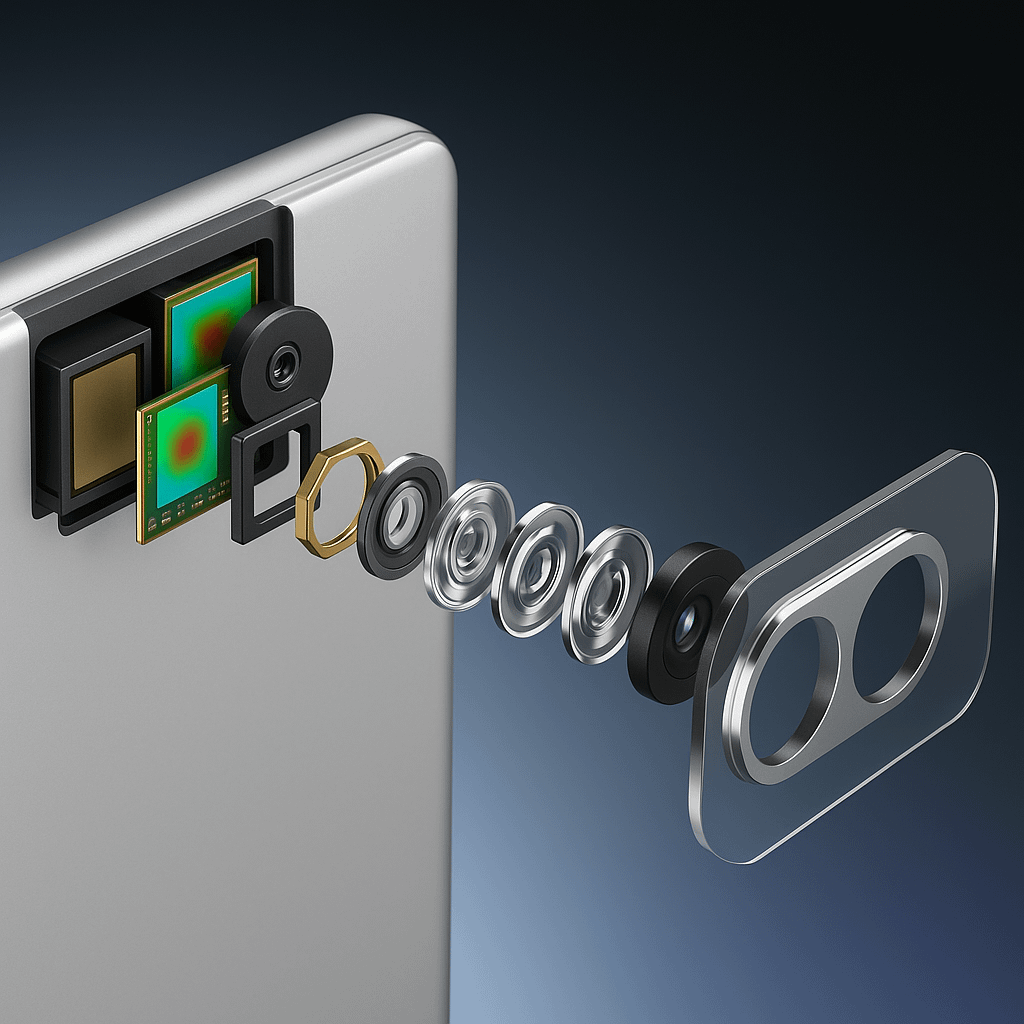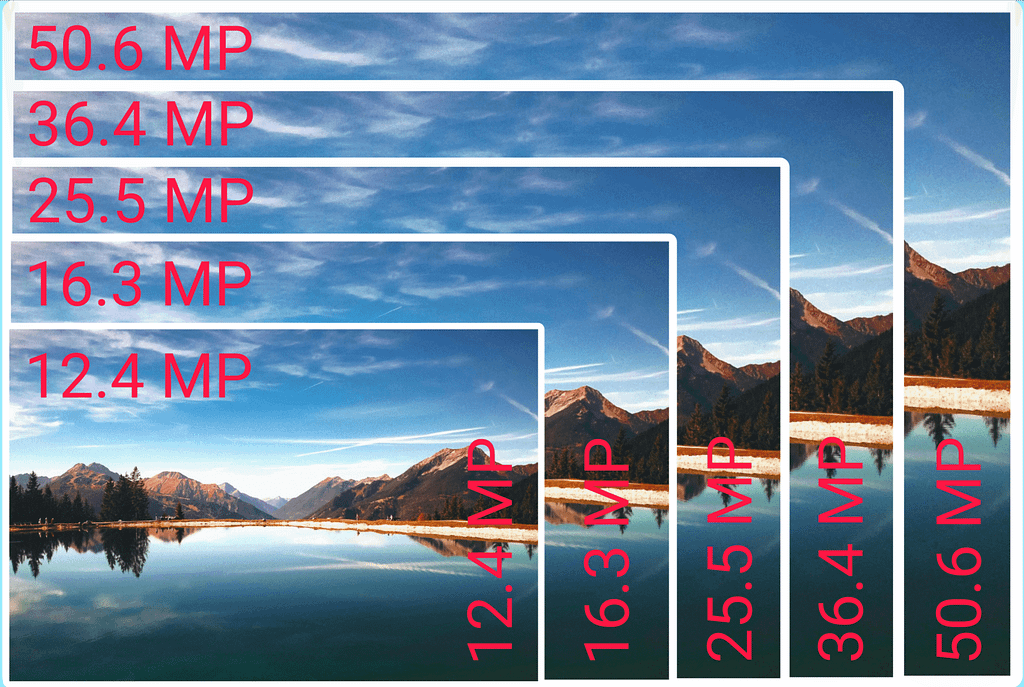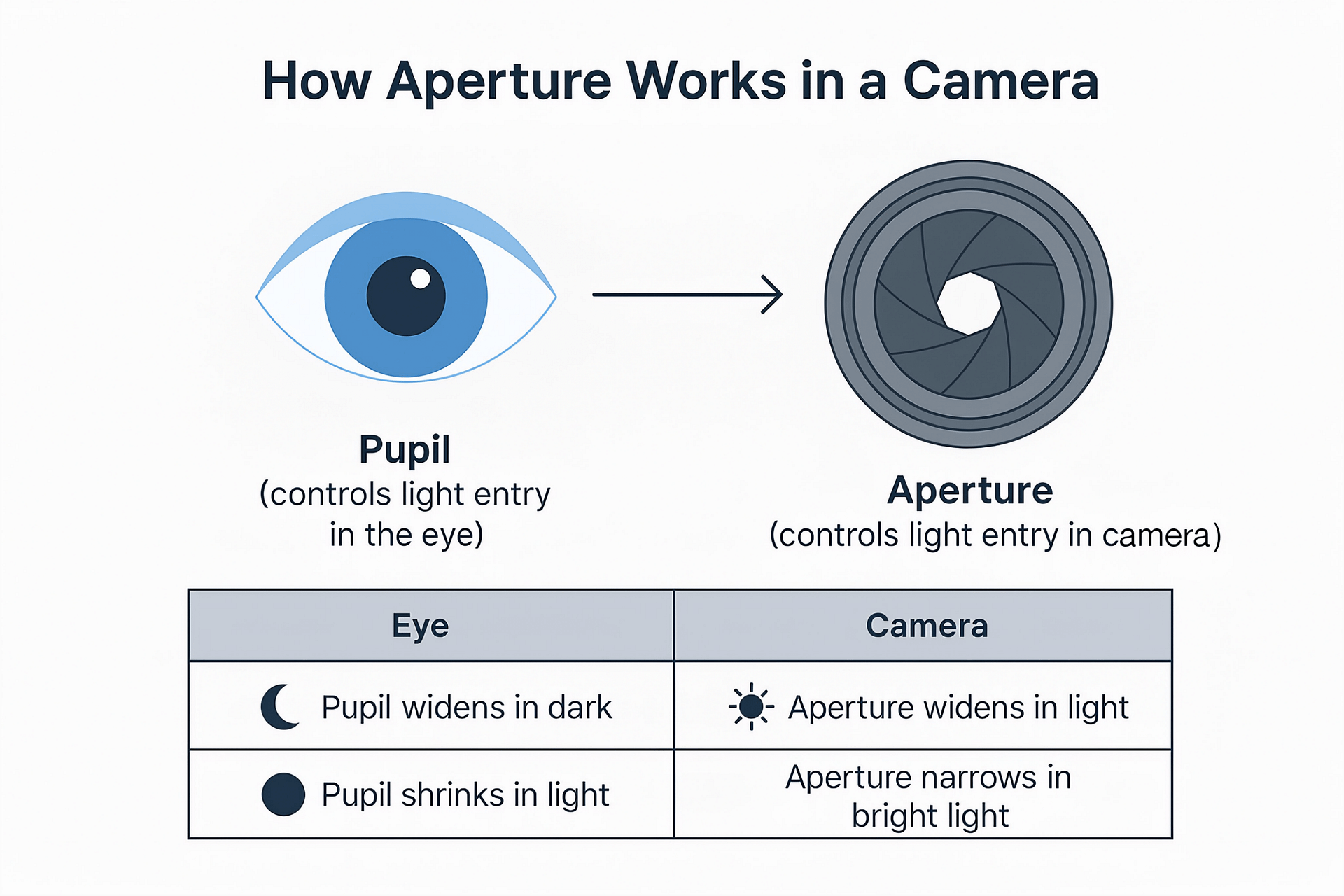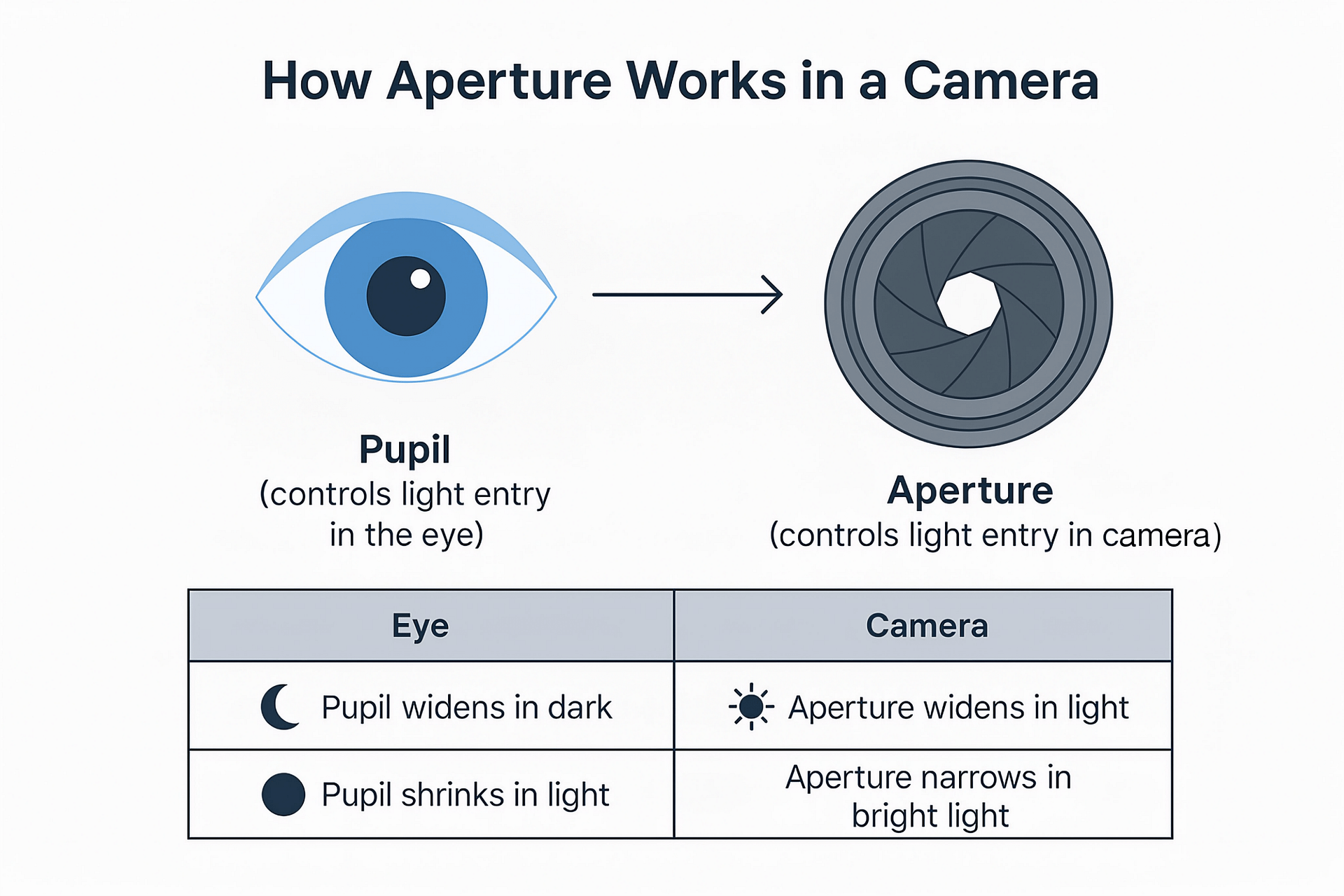Smartphone Camera: Types, Features & Buying Tips
- June 29, 2025
- Pankaj Kumar
In today’s world, the most common use of a mobile phone is to capture photos and record videos. That’s why the camera has become one of the most essential parts of any smartphone. However, many users still rely only on the megapixel count to judge a phone’s camera — and often regret their decision later.

The truth is, while a smartphone camera may appear small in size, it’s actually a highly complex piece of hardware packed with advanced technologies — such as sensor type, aperture, image processing chips, and AI-powered algorithms.
Smartphone cameras are equipped with the following features
Sensor Size & Quality
Lens Aperture
Image Stabilization (OIS/EIS)
Night Mode Performance
AI Features & Post Processing
Zoom Quality (Optical vs Digital)
Camera Focusing system
1.What is a pixel ?
When you see an image on your phone or TV/computer screen, all these images are made up of many small coloured dots i.e. pixels. Each pixel has a specific colour (red, green, blue) and brightness. When you magnify an image, you see many small square dots. These are called pixels.

2. What is a megapixel ?
One megapixel means 1 million tiny pixels which together form a complete image. That is a 5 megapixel camera can take photos with 5 million tiny pixels. In simple words, the more megapixels your camera sensor has, the more pixels it will capture, the more details and sharpness your photo will have.
For example, smartphones nowadays offer cameras with 48MP, 50MP, 108MP or even 200MP sensors – and each jump in the number of megapixels potentially means higher resolution and a better ability to zoom or crop images without losing clarity.
While the number of megapixels contributes a lot to the quality of photos, is it the only deciding factor? The answer is no, as a 200MP camera does not automatically guarantee excellent results. There are many other important elements that affect image quality – such as the size of the sensor, the quality of the lens, the pixel binning technology, the width of the aperture, the image processing software and the AI-based enhancements used by the phone.
In fact, a well-optimized 12MP camera with a large sensor and advanced optics can often outperform a poorly optimized 64MP camera. So it’s important to understand that megapixels are just one piece of the puzzle when choosing a smartphone camera.
3. Aperture is the pupil of your phone's camera
2. Aperture (f/ number): If you look carefully at your phone’s camera, you will see the top part of the camera through which light enters the camera, this is the aperture, the lower the aperture (in number) of the camera, the more light will reach the sensor, which will give a good picture even in low light. For example: f/1.7, f/1.8, f/2.8 Here in low light, a camera with f/1.7 aperture will take better pictures than f/2.8.

Let us understand aperture with an example, just as the pupil of our eyes expands in the dark and contracts in the light, similarly the aperture of the camera also works. But the thing to keep in mind is that due to the camera of a smartphone being smaller, its aperture is fixed, its f-stop cannot be adjusted manually like that of a DSLR camera, so before buying a new phone, it is important to identify the phone with the right aperture.


Pingback: Mobile Inside 2025 – Complete Smartphone Hardware Guide | MobiWise